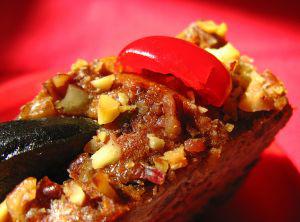
A wonderful opportunity to discover the many attractions, among which we found an ancient gold-bearing reserve: the Special Nature Reserve of Bessa.
Passing through ancient villages and country roads we arrive in Zubiena, where is the entrance to this strange natural reserve.
Here we are in front of the Alps, surrounded by a picturesque landscape: the majestic mountains of the Valle d'Aosta and the Po river valley flanked by the Serra, the morainic hill with its distinctive profile.

Advancing in the reserve we find a view of a lunar landscape: mounds of stones all around us. Stony dunes, pebbles everywhere flanked by large shrubs and impenetrable bushes, safe hiding place for small local fauna.
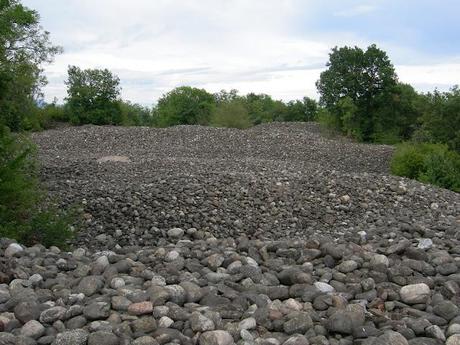
The Nature Reserve of Bessa runs for about 8 km long, with an average width of one km.
It is located between Biella and Ivrea, including the towns of Borriana, Cerrione, Mongrando Zubiena and it’s on the right bank of the river Elvo.
It is part of the Serra, the largest glacial area in Europe.
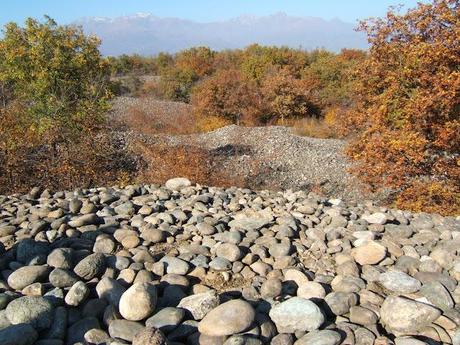
This area has been completely changed in its appearance, because of the work of thousands of men: the Vittimuli that, over two thousand years ago, lived in the area of Biella. Enslaved by the Romans, between the second and first centuries BC, Vittimuli transformed the Bessa into one of the largest gold mines in the open air of the world.
And here's what remains to us: a large expanse of stony masses, to witness the huge gold mining heritage of the area and its depletion.
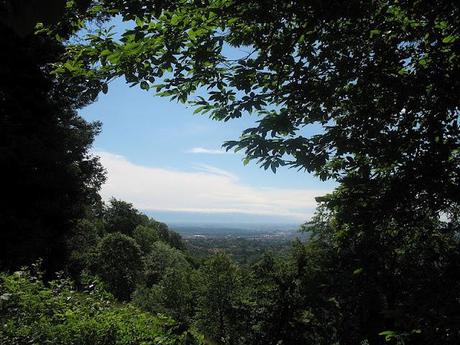
At a closer look, among the piles and rocky roads are visible signs of the wagon or large slides that were used in the construction of the mounds themselves. Some walls are still evident in small huts ( in which were found inside the remains of coins and ornaments), partly excavated in the rock mass, testifying to the presence of poor homes or temporary shelters.
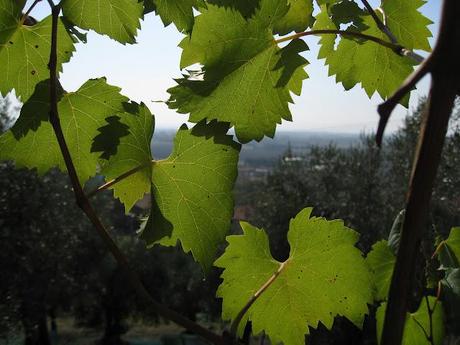
Although it may seems absurd, walking at night through the Bessa it makes us feel a queer sensation: it’s like taking a walk on the moon discovering signs of ancient civilizations.
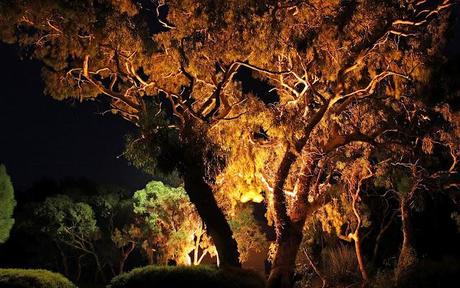
Things to see:
The "Gold and Bessa Museum" in the small hamlet Vermogno, in Zubiena.
It traces the history of gold mining reserves in the Elvo valley and Bessa river and you can engage in the search for this precious metal on the bed of the river, accompanied by special guides: true contemporary gold diggers.
The "Castelliere of Mongrando". Imposing building shrouded in mystery, even to contemporary archaeologists.
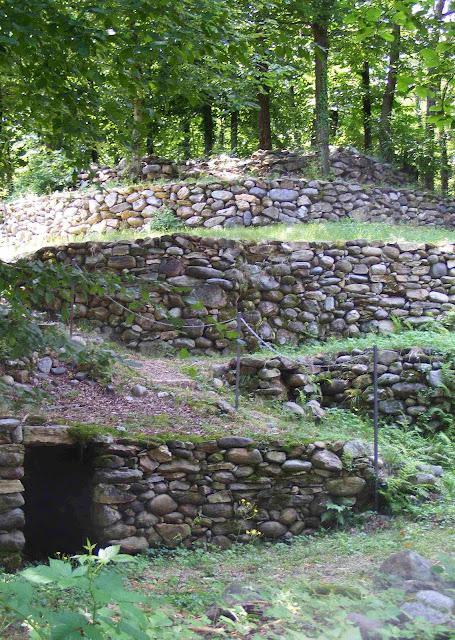
The "Castelliere of Mongrando"
|
|
ancient recipe:
Soak in milk 2-3 loaves and leave them until they are well soaked.
On this basis, incorporating: 150 g of crushed amaretti biscuits, sugar as to taste, 2-3 eggs, a few almonds or crushed hazelnuts, grated lemon or orange peel, natural vanilla scent, an apple or a pear slice, a glass of sweet liquor and any other ingredient of your liking (for example cocoa powder or dark chocolate chips).
Mix well, butter a baking pan and sprinkle with sugar.
Heat oven to 160 degrees, bake and cook for about an hour, checking halfway through cooking if it is time to lower a little 'heat.
